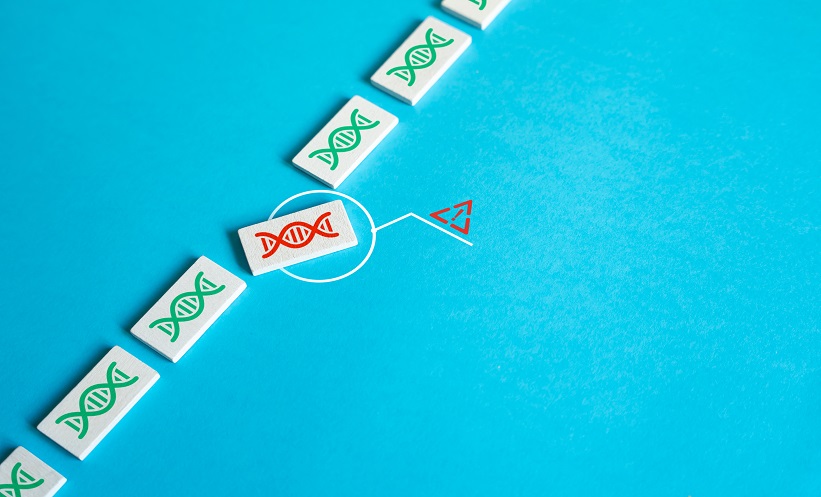Jack Redden
Reporter, European Medical Journal
@EMGJackRedden
Keeping you up to date with the latest news, we summarise a selection of stories from us here at EMJ and from across the web that you might have missed during the week:
The Genetics Behind Uncombable Hair Syndrome
Source: Ars Technica UK. Published: Monday 21st November.
Uncombable Hair Sydrome is a rare genetic condition causing “untameable manes of fuzz” in children between the ages of 3 months and 12 years. Around 100 cases have been documented since the 1970s with little understanding of the cause. That is, until recently, when scientists located mutations in three genes that appeared to stunt normal development and cause the ‘uncombable’ hair in 11 children.
Christmas Special Food for Thought
Source: The Guardian. Published: Wednesday 23rd November.
In a new study, two psychologists have suggested that parents who teach their children that Santa Claus exists could risk damaging a relationship of trust once the lie is exposed. As the Santa myth is a long-lasting and involved lie, when children learn the truth, they could experience “abject disappointment”. As the festive season approaches, this new study certainly provides food for thought regarding our much-loved Christmas traditions
Overriding Fearful Memories with Artificial Intelligence (and Money)
Source: European Medical Journal. Published: Thursday 24th November.
This is a story about a team of neuroscientists whose small study showed how brain imaging and artificial intelligence combined with small monetary rewards could override fear responses to specific memories. The technique is called ‘Decoded Neurofeedback’ and, in short, involves using monetary rewards to reduce a fearful response associated with a memory by connecting it to a more positive experience. The approach could offer a welcome alternative for patients who look to avoid the inherently unpleasant experience of conventional aversion therapy.
Skin-Patch Monitors Health During Exercise
Source: European Medical Journal. Published: Thursday 24th November.
This last story is about the design of a new microfluid device worn directly on the skin. The skin-patch collects information about sweat which can then be sent wirelessly to your phone to learn more about its pH and chloride concentration levels, amongst other factors. The creators of the device explain how the device can be used to easily monitor athletic performance such as analysing sweat for indicators of dehydration which its user can then respond to. They also describe the versatility of the device after volunteers tested the device during a long-distance cycling race.






